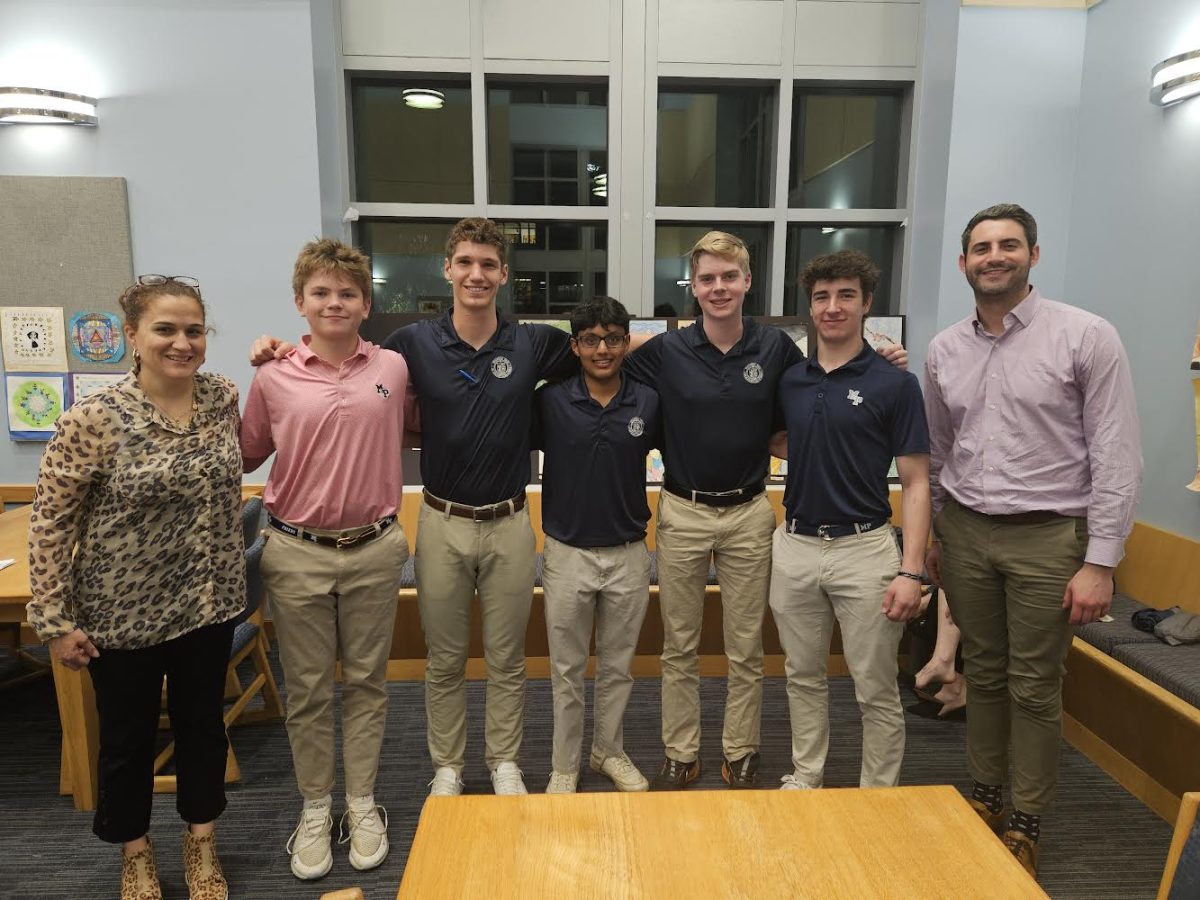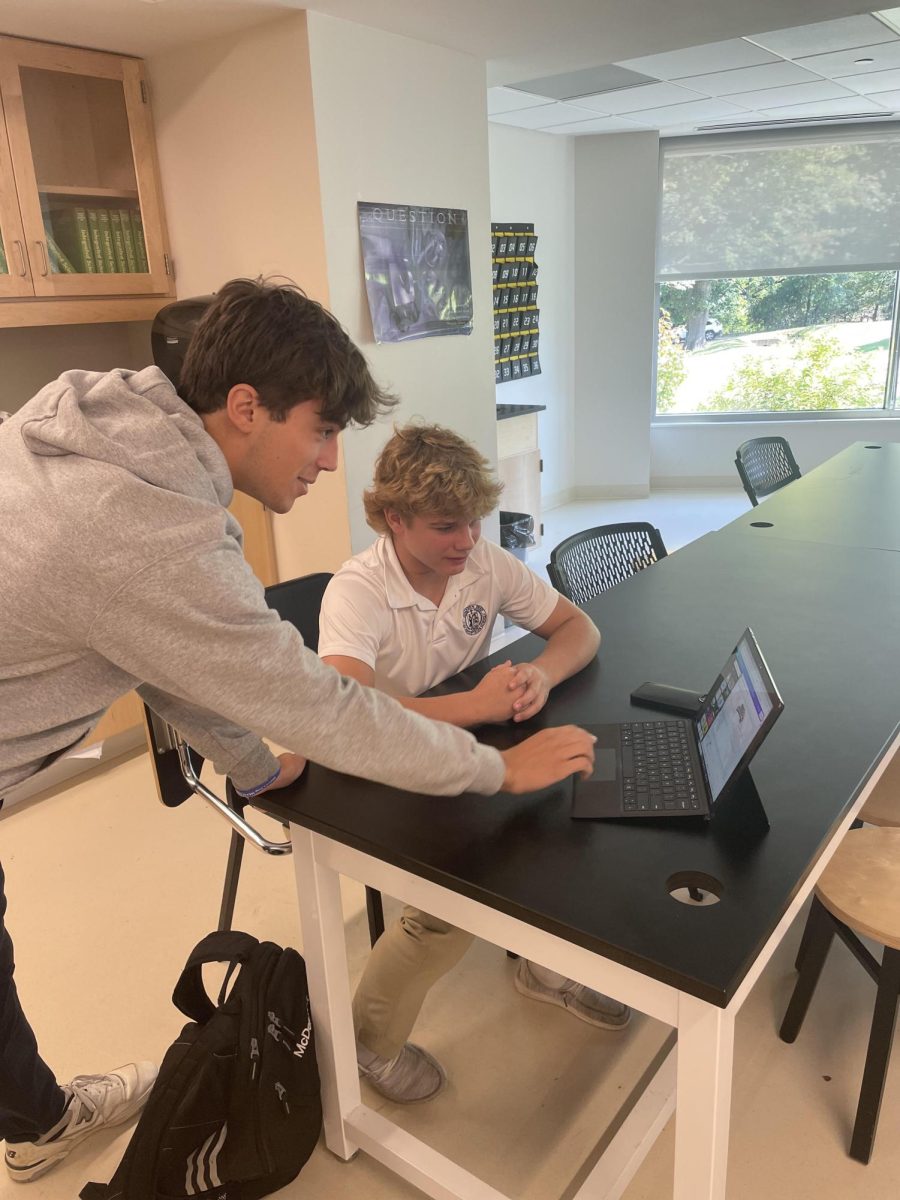Art school may not be the most conventional path for Malvern alumni, but some decide to continue their arts education in college.
For some Malvern students, art is just a required credit in high school. But others seem to spend the majority of their high school hours in the Duffy center studios – painting, building sculptures, and throwing pots.
And some take the experience beyond four years of high school.
Senior ceramics major Ryan Wheeler ’12 is weeks away from graduating from Tyler School of Art.
Before Malvern, Wheeler didn’t have really have any experience in art at all. “I played sports and wasn’t really interested in [art], but I got to Malvern and took a ceramics class and fell in love with it,” he said.
Realizing his passion for ceramics, Wheeler took the class every semester until his graduation. He worked on ceramics as much as he possibly could, staying after school many days to further his understanding of the subject, and he soon realized that he wanted to pursue this passion in the future.
“Probably sophomore year at Malvern I decided that that is what I wanted to do after high school, and I wanted to pursue it for the rest of my life,” Wheeler said. “I decided to start looking at art schools.”
He decided on Tyler Art School as his college, and after a few enjoyable years with many great classes, he is almost at the end of his career as a college student. But the end of his college experience is only the beginning of his time in the field of ceramics.
“I want to be an independent studio artist,” Wheeler said. “I’d like to be able to make my work either at my house or have a personal studio and be able to sell it to galleries and directly to people.”
He also is thinking about using his skills to eventually teach others about ceramics. To be able to teach at a university level, he intends to attend graduate school and get his Master of Fine Arts.
Like Wheeler, other alumni have been influenced to pursue the Arts as a career, such as sculpture major Pat Hoban ’11, a recent graduate of Penn State University. Hoban has been accepted to Alabama University for graduate school and is waiting to see if he qualified for a scholarship.
While at Malvern, he was heavily involved in Ceramics, taking the class every semester of high school – Ceramics 1-8.
While at Penn State, Hoban started off as a ceramics major, switched to a business major, and then finally settled on a sculpture major. He said that his art curriculum mainly consisted of independent studies.
“What that means is I basically write the syllabus for my class and have a mentor watch over me as I do whatever I want to do,” Hoban said. According to Hoban, his curriculum was basically sculptural ceramics for a long period.
Hoban is thinking about his plans for the future. “As of right now, I really see myself going into the teaching aspect of ceramics because it’s a way to use my skills to help others as well,” he said.
Unlike Wheeler and Hoban, Mike Stangis ’14, a biochemistry and molecular biology major at the University of Miami, decided to take a few art classes but keep his focus elsewhere for college.
“I had a great interest in ceramics in high school and it worked perfectly from there,” Stangis said. “It was something that I had wanted to do given the opportunity at the University of Miami.”
Stangis’ interest in the arts started started at Malvern in ceramics class.
“Before I went to Malvern I had never taken an Art class that I enjoyed,” Stangis said. “[Ms. Plows] had a great class. She made sure that nobody really lost interest in it. It was something I really enjoyed doing and I wanted to keep getting better at it.”
Like Plows, Studio Art teacher and Arts Department Chair Ms. Jacqueline White is glad her class can let art become a student’s passion. She thinks that the arts faculty do play a big role in a student’s future.
“I think the arts faculty are similar to a coach on the field,” White said. “We are there to provide the students with basic foundations, tools, experiences, best practices and most importantly to share the passion of what the arts can do for a person.”
White believes that for a small school like Malvern, there are a sufficient amount of graduates who go into the arts, around three to five, although more could never hurt. “A possible 3-5 students a year, maybe even more or less at times,” White said.
“I do believe the way the world is going that the need for more artistic creative minds and creative ways of working will play a bigger part of our business world,” she said.






